A few weeks or months ago now, I received an email just before going to bed. I thought it was spam, but took a few seconds to read it, and it actually sounded sort of interesting. The basic pitch was this; I’m from TLC virtual book tour company, (new concept for me too) and since you are a photographer in Vietnam with a blog, would you like to receive and review this book by Errol Morris about photography? Being a self-confessed documentary junkie, and a fan of Morris’s films, as well as having not read a good book for a while, it sounded like a good deal. Anyway boring story short, I got the book in the mail, and have been reading it for a few weeks now, and below is a quick synopsis of what’s between the covers.
Lazy reader alert: it boils down to discussions about photojournalistic practices and ethics, something that is always important to understand and think about.
The book is divided into four long form essays, that actually read and play out much like one of Morris’s many great documentaries. The first essay revolves around two curiously made frames of one scene, thought to be the first photographs of war, thus their importance. Essentially, one image has cannonballs strewn all over the road, and the other has them moved off into the ditches. So the question becomes, which photo came first? Did the photographer, Roger Fenton, put on or remove the cannonballs from the road, and why? If he moved them there, was he trying to deceive us into feeling the scene was more dangerous than it was, or for other reasons? Or if he removed them, then for what reasons? The debate actually gets quite philosophical, and scientific as Morris wades through investigation and theories, but basically concludes that Fenton moved the balls onto the road for the 2nd shot, but disagrees that he did it for the unethical reasons that his detractors tried to pin on him. So it comes down to this: are there any good reasons for altering scenes in documentary or photojournalism?
Another essay, based around a few of the FSA (part of a program under Roosevelt to document the face of the depression) photographers from the depression era, covers the same ideas. If things in a scene are altered and then captured, what was the reason for it? Was it for propaganda, or other subjective ideas the photographer wanted to relate, or was it for more simple, innocent, aesthetic purposes? The first image taken into consideration was Arthur Rothstein’s image of the cow skull and the drought in Kansas.
It’s now widely known, and admitted by Rothstein, that he moved the cow skull from a grassy patch, to a dried and cracked pond bed, to better illustrate the drought that was sweeping the American west. Upon this discovery, all forms of media were quick to demonize him for attempting to create propaganda, and he was essentially discredited. Even to the point that another of his images, one still very widely known, and still very powerful today, was even brought into question.
He insists that it was nothing apart from a brilliant capture at the right time and place, and that he did nothing to encourage its creation. But the point remains; if as a documentary photographer, you’re found to have altered anything in one of your images, essentially the credibility of all of your images comes into question. Once your name is in the mud, it’s hard to get it back out again.
This same question also works itself out in an image by the great Walker Evans, in which an alarm clock mysteriously appears on the mantle of a sharecroppers family’s cabin. He was known to be one of the best, and most reliable photographers of his day. Would he alter a scene to enhance an image, for good reasons or not, or was it just happenstance? You’ll need to read the book to learn more…
It reminds me more recently of Marco Vernaschi, an amazing photographer, whose stunningly powerful and beautiful images can hit you like a truck. While working on a story about witchcraft in Africa, he was essentially found out to have had paid a family to exhume the body of their daughter so that he could photograph it. Of course, all forms of ethics are at play here. I’ll leave it to you to read much more about it here if you like, and also take a look at his work, which may be called into question, but it’s power I think is hard to deny.
Another long form essay revolves around the now infamous images captured at Abu Ghraib torture prison in Iraq. Much of this discussion parallels the documentary Standard Operating Procedure, a must see film for sure. It comes down to piecing the images together to determine what went on in those dark spaces of our military, and who were the real culprits. The most interesting take away for me in the discussion, was the interpretation of the photo of a young woman soldier giving a thumbs up and a smile over the corpse of a detainee who had died or was killed under their watch. Yes, the photo makes her look like a terrible human being, but upon further investigation by an expert in facial features and emotions, he determined, yes she was smiling, but it was a fake smile for the camera. When a person is really, truly happy from the inside, their eyes take on sort of a different form, and that’s not visible here. The take away for me was the importance of the emotions in people’s faces as your documenting them. They can be quite telling of a person’s soul, or it seems at times, can also be quite misleading.
There are a few other images and discussions, but we’re going a bit long here, so just to conclude quickly, this book is a very interesting read for all photographers I think, and relates especially well to those of us working in photojournalism and documentary. The final point to swirl around in your brain: Is there any real hard and fast truth in photography? Even if we never lay a finger on the scenes before our lens, aren’t we relaying our own ideas and world views via the compositions we shoot, and the images we include or don’t include in our edits? Great stuff to think about. Pick up the book here, and check it out for yourself.
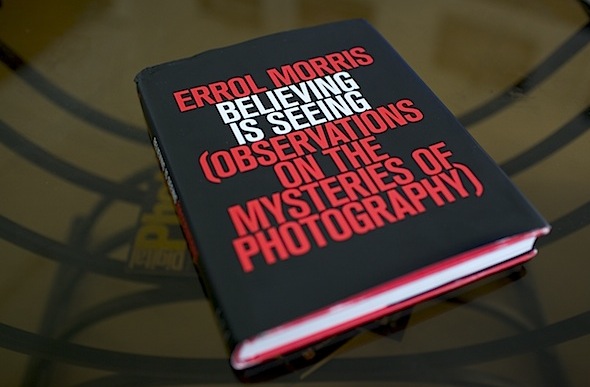
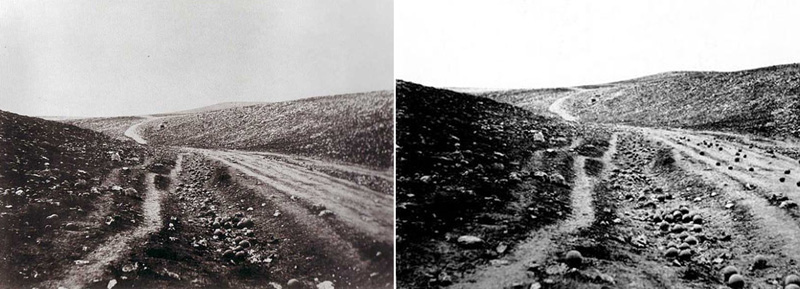
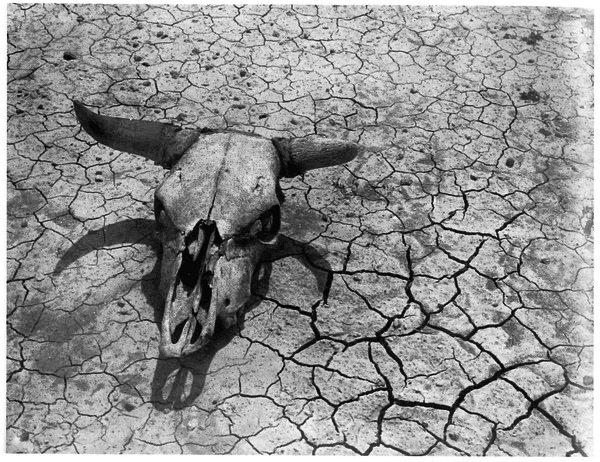
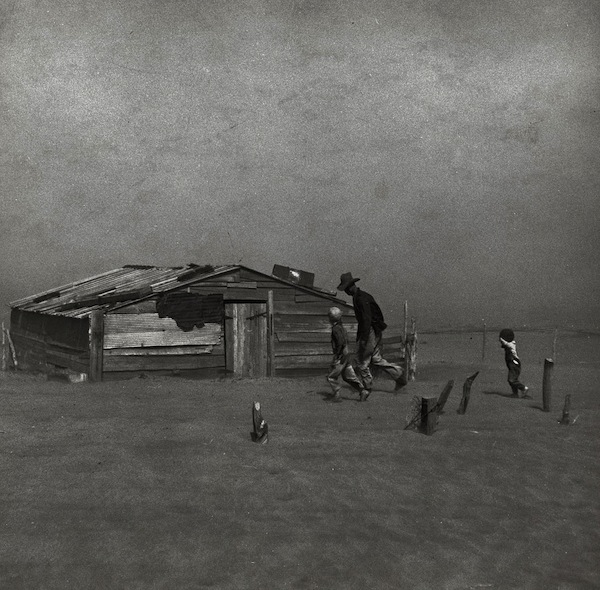
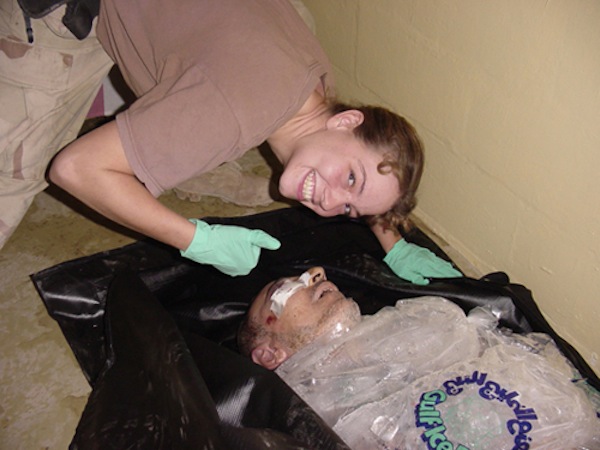
I’m glad that the book got to you safely! The topics Morris brings up are fascinating to me, and I’m not a photographer, so I can see how they would intrigue you as well.
I’m so glad you decided to read that email and not just mark it as spam. 🙂 Thanks for taking the time to read and review this book for the book tour.
My take away from this is that pictures shouldn’t necessarily be taken at face value (how quick we are to vilify the Abu Ghraib picture, but when you turn your head to the side, the fake smile is quite evident, whereas I don’t think it’s that obvious when you’re looking at the picture straight on. And Morris brings up good issues — particularly the fact that everyone (except for kids) smiles when a camera is pointed in their direction).